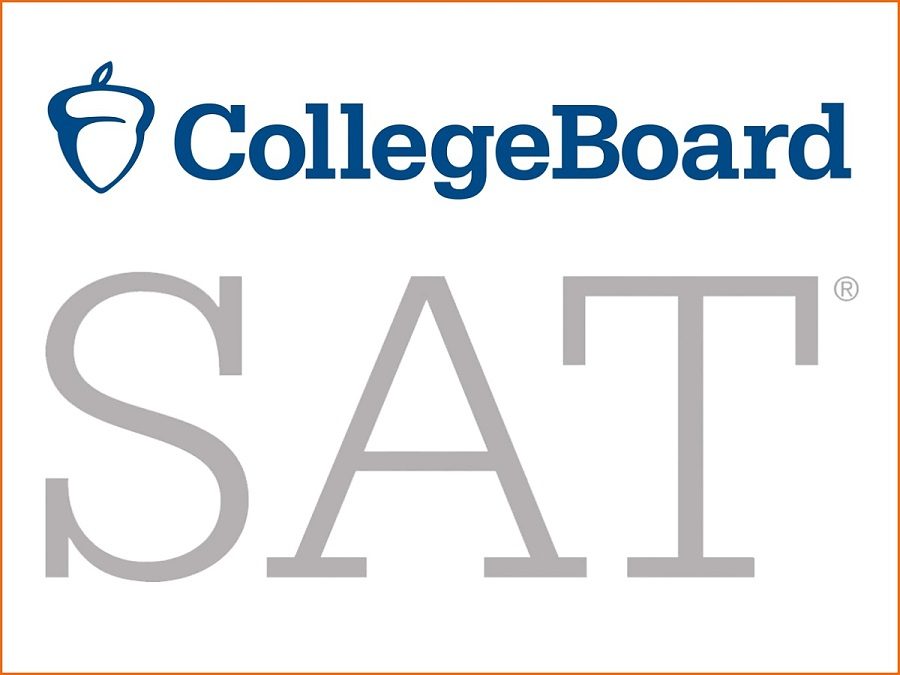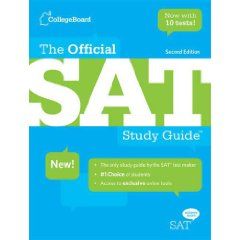For high school juniors, the Digital PSAT/NMSQT® is a game-changing test. Not only does it serve as practice for the SAT, but it also plays a key role in qualifying for the National Merit Scholarship Program. With the test now fully digital and adaptive, it’s more important than ever to understand its categories, where students tend to struggle, and how to sharpen skills for success.
The New Digital PSAT 2024 Structure
The exam is split into two main sections:
- Reading and Writing
- Covers reading comprehension, grammar, punctuation, vocabulary in context, and rhetorical skills.
- Divided into short passages (sometimes just a single paragraph or graph), each with one question.
- Focus areas: Information & Ideas, Craft & Structure, Expression of Ideas, Standard English Conventions.
- Covers reading comprehension, grammar, punctuation, vocabulary in context, and rhetorical skills.
- Math
- Now fully calculator-allowed (built-in Desmos graphing calculator is available in both modules).
- Covers algebra, advanced math, problem-solving and data analysis, and some geometry/trigonometry.
- Focus areas: Algebra, Advanced Math, Problem-Solving & Data Analysis, Geometry & Trigonometry.
- Now fully calculator-allowed (built-in Desmos graphing calculator is available in both modules).
Each section is adaptive: Module 2 difficulty depends on performance in Module 1.
Where Juniors Struggle the Most (and How to Improve)
1. Reading: Evidence and Inference Questions
Many juniors find inference-based reading questions challenging. These ask students to draw conclusions or identify supporting details that aren’t directly stated.
How to Improve:
- Practice close reading with short texts—highlight tone, purpose, and main ideas.
- Work on connecting details to broader arguments.
- Review official PSAT digital practice for exposure to the new short-passage format.
2. Vocabulary in Context
Words-in-context questions test how well students can identify the meaning of a word based on the passage, not just dictionary definitions.
How to Improve:
- Read across genres—news, science articles, historical texts—to encounter varied vocabulary.
- Practice replacing words with synonyms to test meaning in context.
- Build a personal “context vocabulary bank” from practice tests.
3. Writing & Grammar Rules
Students often underestimate grammar, but errors in subject-verb agreement, punctuation, and sentence structure cost easy points.
How to Improve:
- Review comma, semicolon, and pronoun rules.
- Focus on parallel structure and logical sentence flow.
- Practice identifying the “best version” of a sentence in writing questions.
4. Algebra & Advanced Math
Even with calculators, students struggle with linear equations, systems, and quadratic functions. The challenge isn’t arithmetic—it’s translating word problems into equations.
How to Improve:
- Drill solving equations, inequalities, and quadratic problems.
- Practice writing equations from real-world word problems.
- Use the built-in Desmos calculator for graph-based practice.
5. Data Analysis & Problem Solving
Graph and data interpretation questions often trip students up, especially multi-step word problems.
How to Improve:
- Get comfortable reading charts, scatterplots, and data tables.
- Focus on ratios, percentages, and proportional reasoning.
- Practice breaking multi-step problems into smaller parts.
6. Geometry & Trigonometry (Smaller, but Important)
Though fewer in number, geometry and basic trig questions appear and can make the difference between a top score and a good score.
How to Improve:
- Memorize circle, triangle, and area/volume formulas.
- Review sine, cosine, tangent basics.
- Apply geometry concepts to real-world-style problems.
Smart Prep Strategies for the Digital PSAT
- Take a Digital Diagnostic Test – Adaptive practice helps reveal weak areas.
- Target Your Weak Categories – Focus more time on specific struggles instead of general review.
- Practice with Digital Tools – Use the Bluebook™ app and other online practice platforms.
- Review Mistakes Actively – Ask “why was this wrong?” instead of moving on too quickly.
- Build Test Stamina – Practice under timed, screen-based conditions to get used to the digital format.
Tip – Socrato also provides an online Digital PSAT set as well as PSAT(non-adaptive) Practice Test bubble sheet grading and Diagnostic.
Final Thoughts
The Digital PSATis not just a warm-up for the SAT—it’s a key milestone in a junior’s college journey. By understanding the new categories and focusing on common areas of struggle, students can make their prep more targeted and effective. With the right practice plan, every student can improve, gain confidence, and maximize their score potential.










